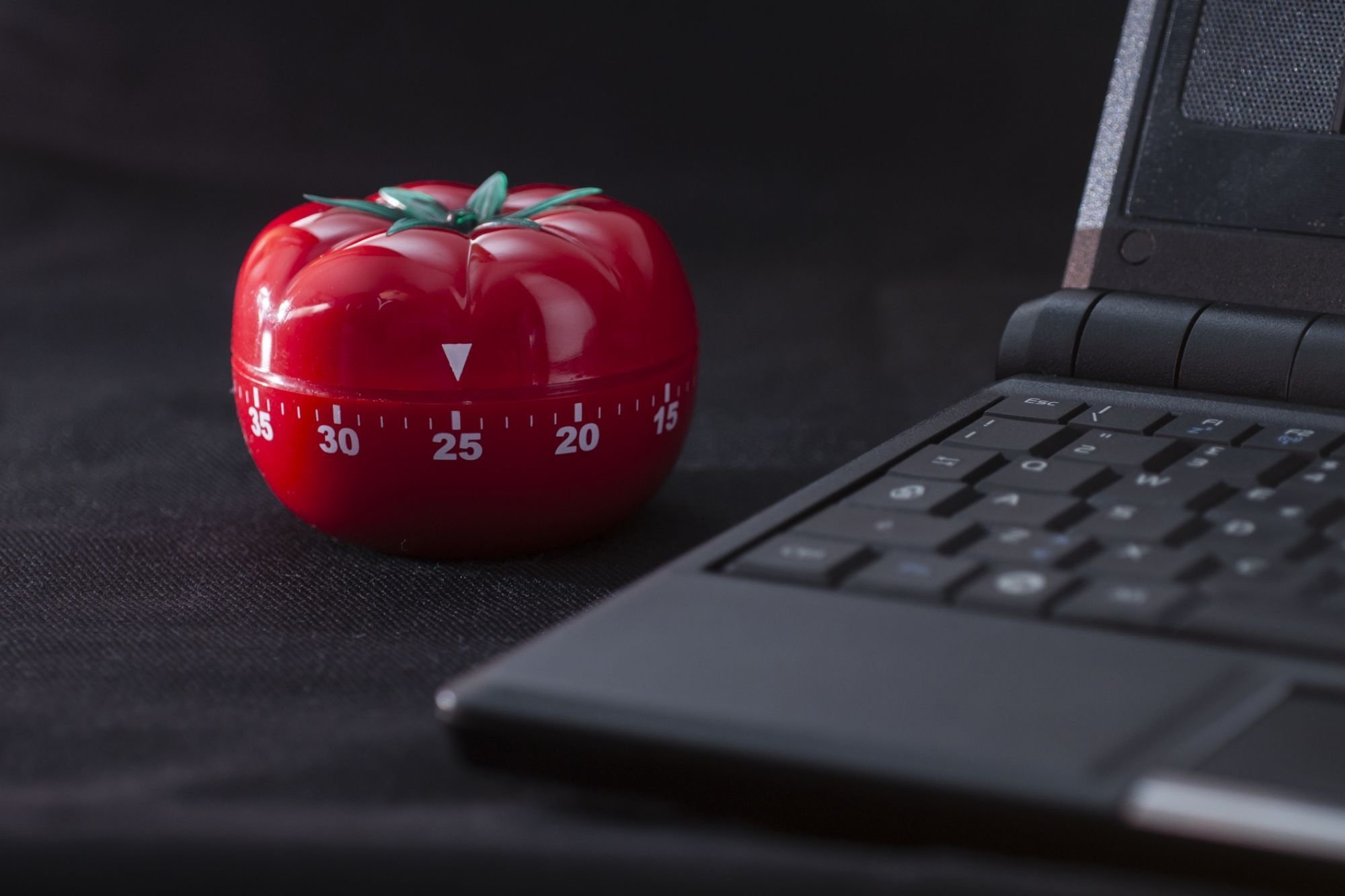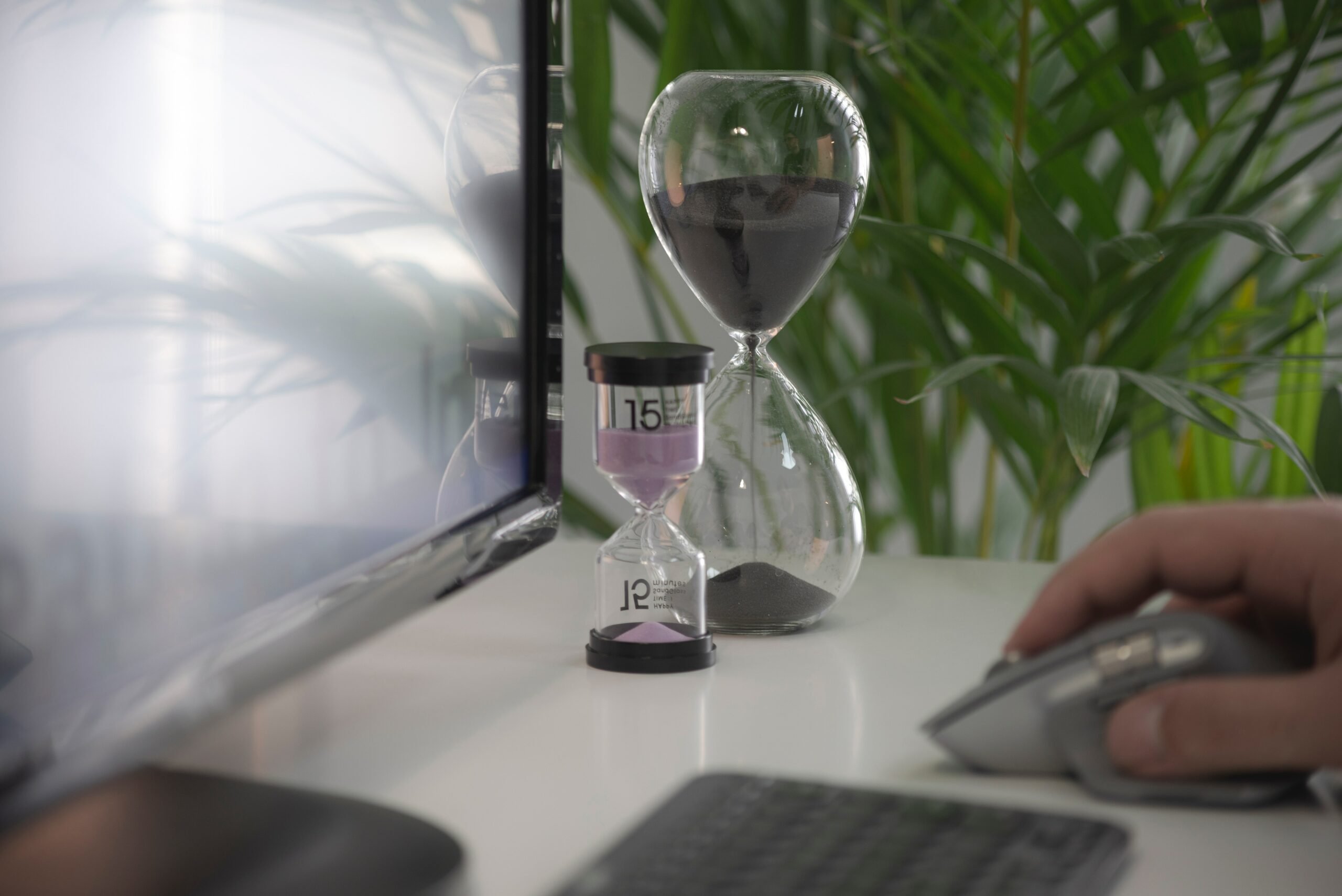What is FlowTime Technique?
Finding the perfect productivity system is more challenging than finding the perfect recipe. For example, I found a simple fajita recipe online last week, and since I was exhausted, this seemed like a quick and delicious dinner, but unfortunately, I didn't like it.
Note: This article is from blogger Albert Costill, who tells us about his experience using the Mind Flow Time technique.
Will I use this recipe again? If I tweak the spices to my liking, I'll try again, and who knows? Maybe it's delicious, maybe not.
So, in a way, productivity techniques are similar to food, and that boils down to your taste in choice, as well as making multiple attempts and learning from mistakes, and this is what Zoe Read-Bivens, who developed Pomodoro or the famous tomato technique, did to Flowtime Technique.
Pomodoro Technique:
Before explaining the Flowtime technique, let's summarize Pomodoro Technique and discuss its pros and cons.
Francesco Cirillo, a businessman and writer, invented Pomodoro Technique in the early 1990s after discovering the importance of time while studying at Guido Carli International, a business school in Rome.

Cirillo discovered that this method helped him improve his study skills after several attempts and learning from mistakes, and he was generous enough to write and distribute a free book on the subject as well.
Taking its name from the Italian word for tomato ‘Pomodoro,’ the Pomodoro technique is relatively simple, and it consists of only five steps:
- Choose a task to complete.
- Timer is on for 25 minutes.
- Keep working until the timer rings.
- Give yourself a short break, usually about 5 minutes.
- Take a more extended break after each of the four stages of Pomodoro, three to four work periods of 25 minutes each.
You should repeat this process in your daily routine. When you finish doing Pomodoro, put an “x” on your progress. Also, remember how often you have procrastinated or moved on to do something else. This should be reconsidered at the end of the day.
Pros and Cons of the Pomodoro Technique:
This method is a great way to do work you don't enjoy or require a little thought. Moreover, it can make you feel more valuable, improve planning, and eliminate the habit of multitasking. Pomodoro Technique can also be used to help you counter distractions, maintain motivation, and fight fatigue.
At the same time, Pomodoro's Technique has its downsides. Read-Bivens explains: “The first problem with Pomodoro's technique is that the timer controls you; the indivisibility of Pomodoro's technique is supposed to prevent situations from happening, but instead, it often forces me to work longer than I feel, or interrupts me when I start working well.”
Read-Bivens adds, “When I work with the Pomodoro technique, all I think about is taking a five-minute break, and as time draws to a close, I feel overwhelmed and frustrated by my lack of progress. When it's finally over, I feel angry and confused; the break is too short.”
What is Flowtime Technique?
This method measures your production habits and focuses through a time system, so it is not recommended to multitask in favor of working on one task, where you remain focused on one task until completed.

This method has become popular as an alternative to the Pomodoro technique, which consists of a fixed amount of work followed by breaks. However, although many have found the Pomodoro technique to be very effective, the periods can feel restrictive and stressful. Using the tomato technique, you are not obligated to commit to the time as it is, and you can stay as focused as you want without getting distracted by the timer.
Benefits of Flowtime Technique:
The main advantage is that you can use flowtime data to see how much time you devote to different tasks, and you can then use this information to estimate how long the tasks will take in the future.
As a result, this can guide you to a better schedule of your time. For example, when you add a task to your calendar, you will no longer overestimate or underestimate the time required, and it may not seem like a big deal, but the last thing you want is to arrive late to the meeting because an item on your to-do list took longer than planned.
Another advantage of mindfulness time is that it encourages consolidation rather than multitasking. “When you pick one task and write it down, you commit to doing it only between the time you start and the time you choose to stop,” says Read-Bivens.
You can even use them to identify and eliminate distractions by noticing the most common interruptions you face throughout the day. Read Bivens recommends creating a list of things that interrupt you at work, such as phone calls, text messages, emails, or requests on your desk. If you track this data, you can identify your biggest distractions and take steps to eliminate them.
This technique still urges taking breaks, and you may wonder what the difference is; the answer is that it is not mandatory. Instead, take a break when needed and not because of the lapse of time.
Getting Started with the Flowtime Technique:
Do you want to test the flowtime technique?
Set the timer and work as long as possible without stopping, and do not exert yourself by trying to focus all the time. In general, this technique lasts from 10 to 90 minutes, but breaks are not necessary; as you will only rest when you need to, for example, if you start to wonder about your inbox or what you will eat for lunch.
Depending on how long you've been focused, you can reward yourself with a break once a round of productive work is complete, while you can choose the duration of the break. It's best to set some limits so that breaks don't last too long.
You don't have to follow this exactly, but here are some suggestions:
- Take a 5-minute break if you work less than 25 minutes.
- Rest for 8 minutes if you work for 25-50 minutes.
- Take a 10-minute break if you've worked 50 to 90 minutes.
- Reward yourself with a 15-minute break if you've worked for more than 90 minutes.
Make sure you focus on what's most important, too, and you can better understand your concentration habits by recording how long you've been in productive work sessions. If you're more focused at a specific time of the day or on certain tasks, you might be able to stay focused for longer.
Tools that help you with flowtime technique:
Red Phenz recommends using a spreadsheet or pen and paper to keep track of when you're focused and taking breaks, and while both work, manually reviewing the previous details isn't very effective. Moreover, browsing through long, informative spreadsheets can be tedious, which is why you might want to use the following tools to help you:
1. Calendar:
Using machine learning. Calendar tracks and analyzes where, how, and with whom you spend your time and then makes smart suggestions on how best to schedule your time.
2. Toggl:
An easy-to-use app that automatically records your work and separates sessions. You can then generate a report to analyze how you spend your time.
3. Flipd:
With iOS or Android, you can spend time doing different activities and playing music that helps you focus.
4. TMetric:
Using it, you can see your day as a visual timeline. Dark gray represents focus periods, while light gray represents breaks. To see exactly how much time you spent on each task, hover over it.
5. Flow Time extension on Chrome:
This extension allows users to increase their productivity by creating a flow state using a Pomodoro timer and blocking websites.
Choosing the Right Productivity Technique for You:
There's nothing wrong with using Pomodoro. I've always been a supporter of it. However, that doesn't mean it's the only option available to everyone, which is why people have put their role on it, like flowtime technique.
Using a productivity strategy doesn't mean you have to follow all the rules perfectly. Instead, finding new ways to focus, get work done, and prioritize is all part of the focus journey.
Don't be discouraged if Pomodoro or Timeflow technique isn't right for you, in which case, you can combine the two techniques to create what's known as the Flowtimodoro technique, in which case, you can use timers when working on monotonous tasks, but not when you're doing meaningful work.